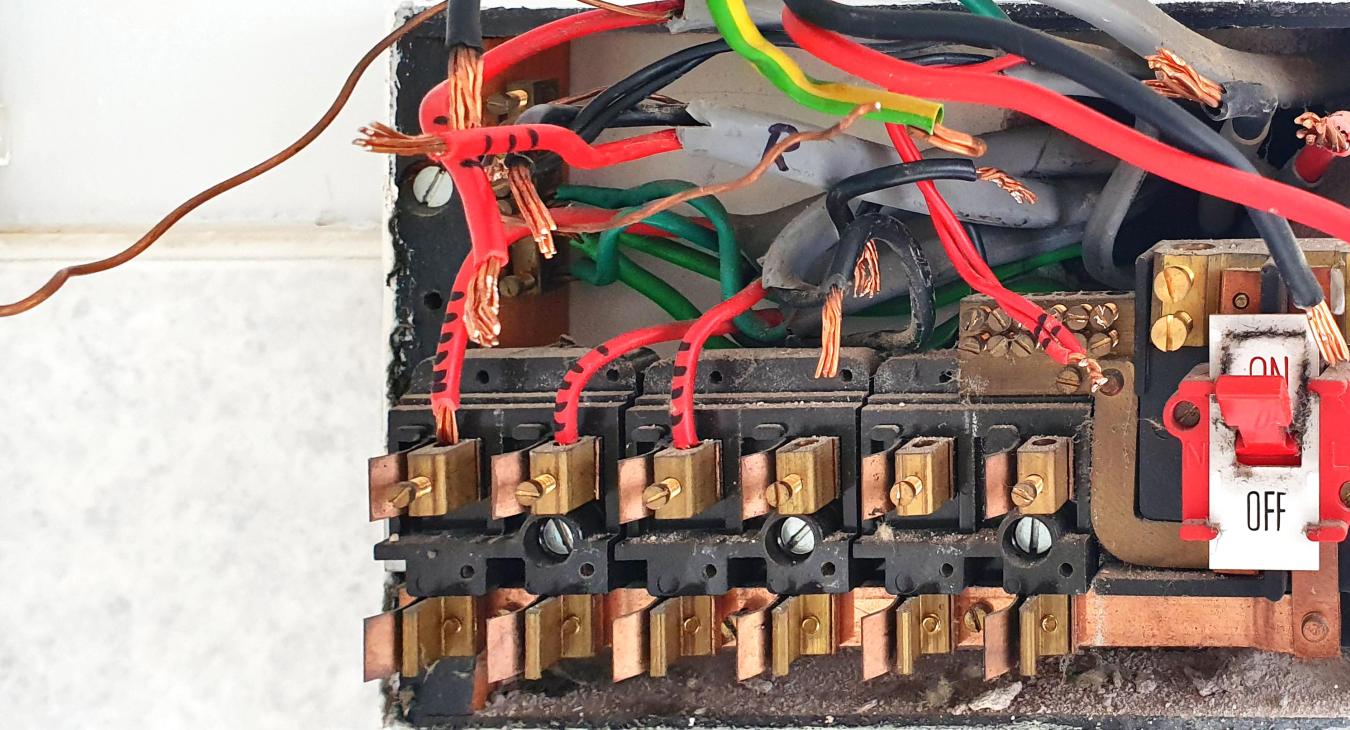
You may have heard these terms used before and wondered in amazement about the glamorous lifestyle of a qualified electrician in Sleaford! But what actually is electrical earthing and bonding?
Before we start, the first thing to mention is the huge importance of the electrical and bonding arrangements. They are a highly essential safety element in your home. If you are having any additions or alterations made to an electrical installation, they are one of the things that your electrician must check, as the safety of the work carried out depends on them.
Earthing is essentially used to protect you from an electric shock. If there is a fault with an electrical installation or appliance, it could become live. If you then touch a live metal part (for example the metal case on a washing machine, cooker or fridge/freezer), you could get a nasty shock. This is because the electricity is using your body as a path from the live part to the earth part.
Earthing will protect you from this risk by providing an alternate path (a protective conductor) for the faulty electrical current to flow to earth. This can also trigger a protective device within the consumer unit (a fuse or a circuit breaker) to switch off the electrical supply, and thereby minimise the risk of a shock.
This important work can sometimes be overlooked by an unqualified person, so it is vitally important to consult a qualified Part P electrician, who will always ensure the correct means of earthing is present.
So now I understand earthing, what is bonding?
Bonding is also used to prevent potentially fatal electric shocks. If there is a fault somewhere in an electrical installation, and a person touches two separate metal parts, it could lead to a shock. A protective bonding connector between particular parts will reduce the voltage and therefore the risk.
For example, you could have a connection between a cooker and a water pipe and tap. Without the bonding conductor, the cooker could become live and if you touched the tap, you could become that alternate path to earth resulting in an electric shock.
Main bonding is the electrical interconnection (green and yellow conductors) between the main earthing terminal of the electrical installation and the incoming metal pipes (e.g. gas, water and oil). Main bonding connections can also be made outside the property.
In a building with electricity, it is normal (for safety reasons) to connect all metal objects such as pipes together to the mains earth to form what is called an equipotential zone. This means it is at the same voltage everywhere.
There are some instances where isolated metal objects, including metal fittings fed by plastic pipe are not required to be bonded, but this must always be checked by a qualified electrician.
It is strongly recommended to use a registered and qualified electrician to carry out any electrical work in your home.
Give us a call today and we will be happy to offer advice on the safety of your electrical installations and whether your earthing or bonding needs to be improved.






